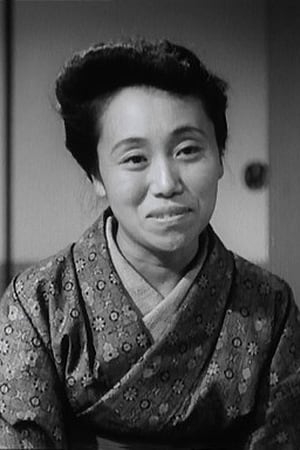
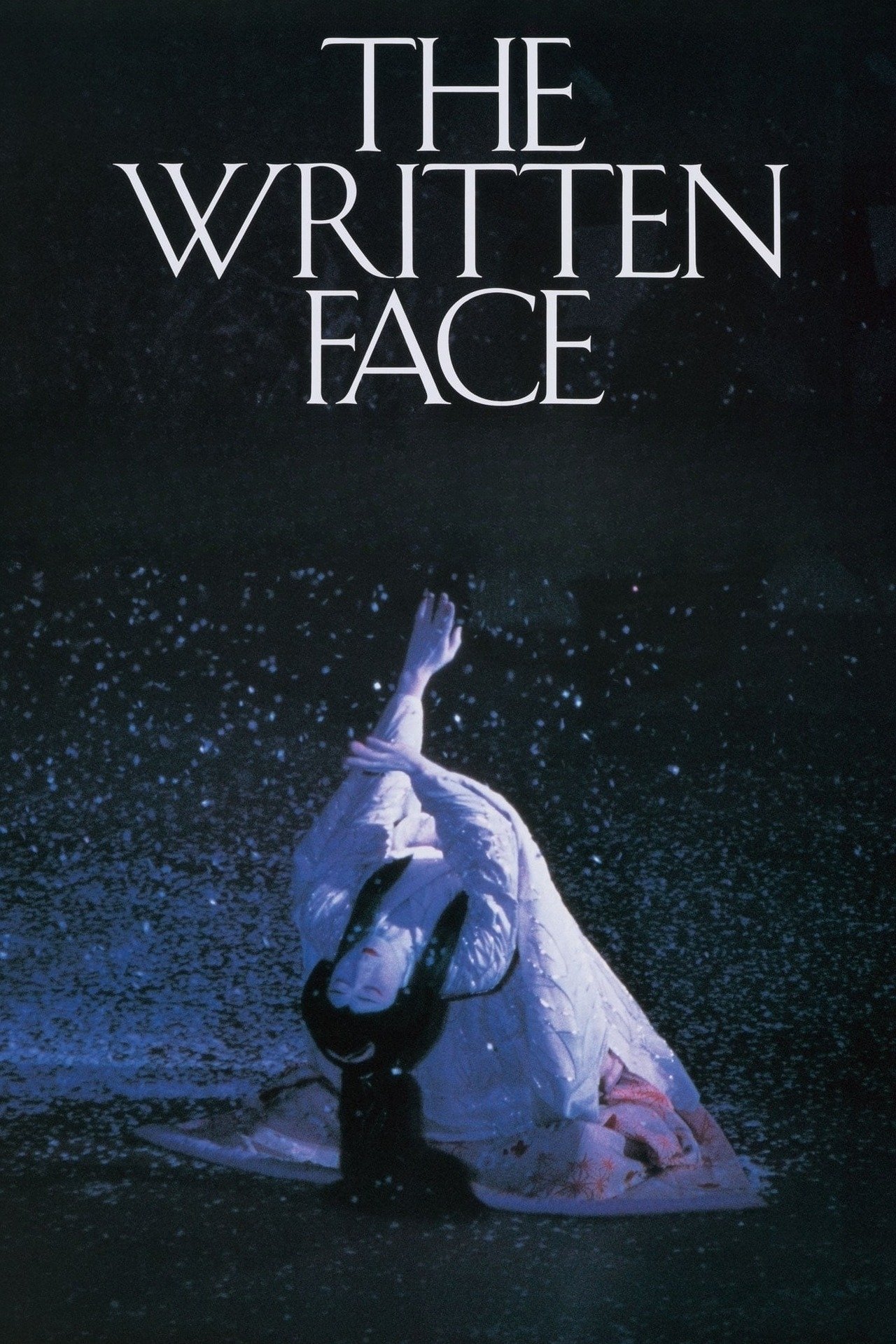
In Japanese theater, women's roles are traditionally played by men. The man playing the woman's role, the Onnagata, does not imitate the woman, as in the West, but tries to capture her significance. He need not stick close to his model, but draws far more from his own identity - a shift of value takes place, which is nonetheless not a step beyond. THE WRITTEN FACE is an attempt to offer an insight into the Japanese Kabuki star Tamasaburo Bando, one of the last defenders of this ancient and disappearing performing tradition.
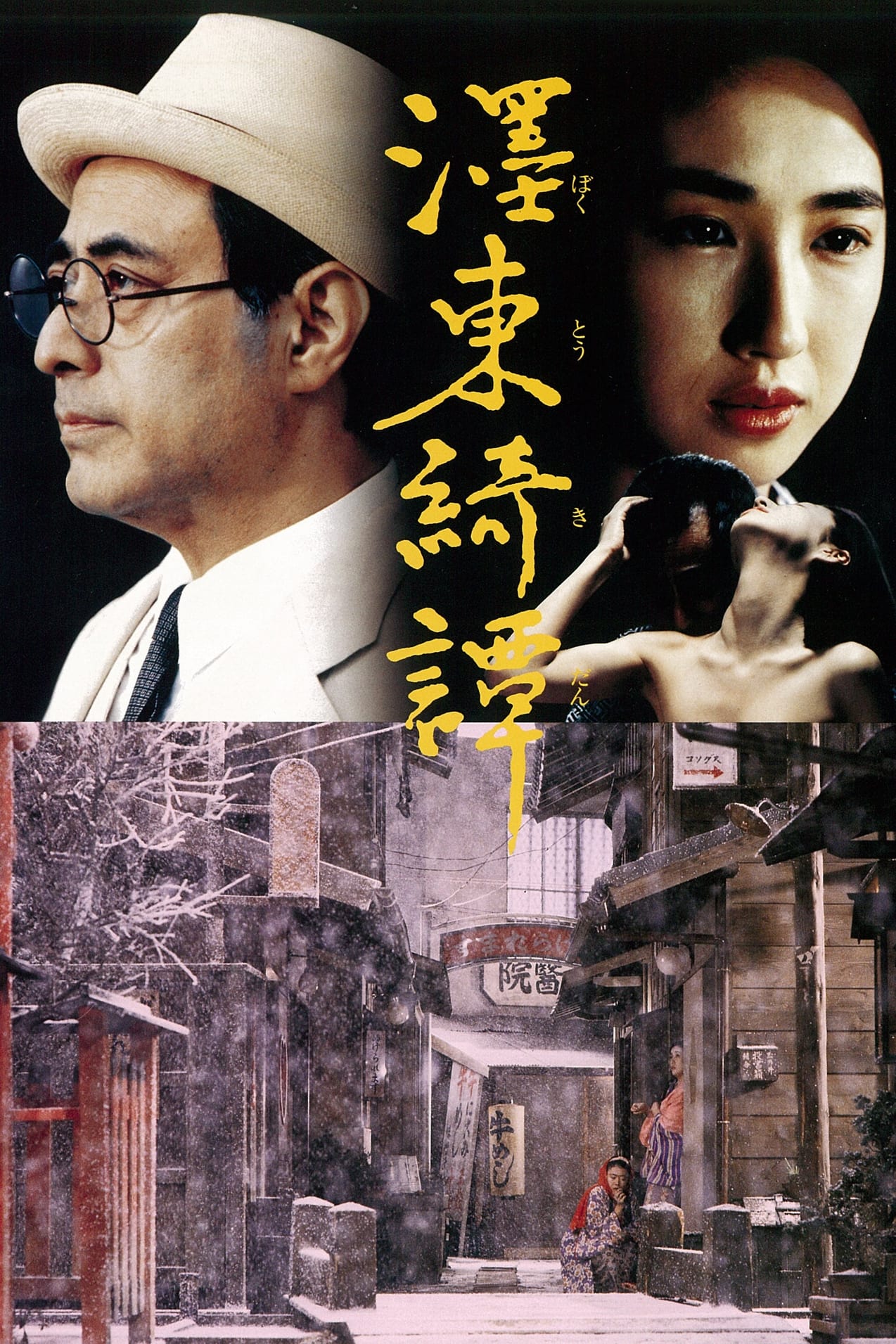
A story of Japanese writer Kafu Nagai (1879-1959), a man about sixty with a huge reputation of seducer who falls madly in love for a young geisha named Oyuki. Meticulous and smartly dressed, Nagai patiently wrote in his diary his thoughts during many years. A melancholy reflection on the passage of time and a brilliant interpretive exercise.
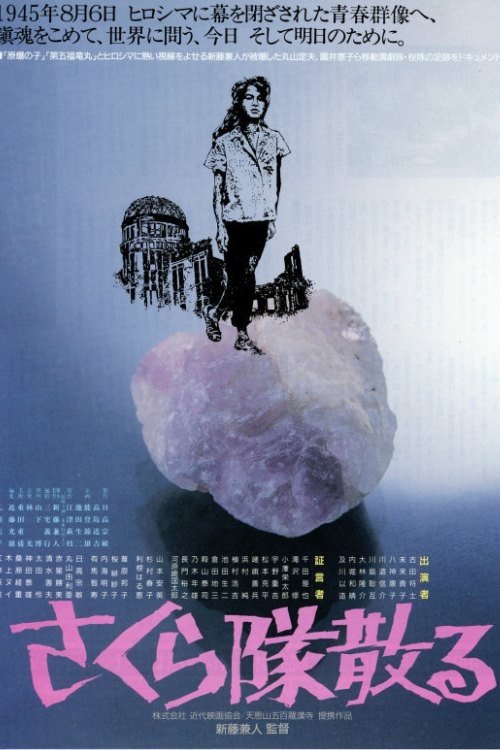
A documentary about the lives of actors in the Sakura-tai theatrical troupe, which had arrived in the island of Hiroshima to begin preparations for the staging of a play just before the atomic bombing.
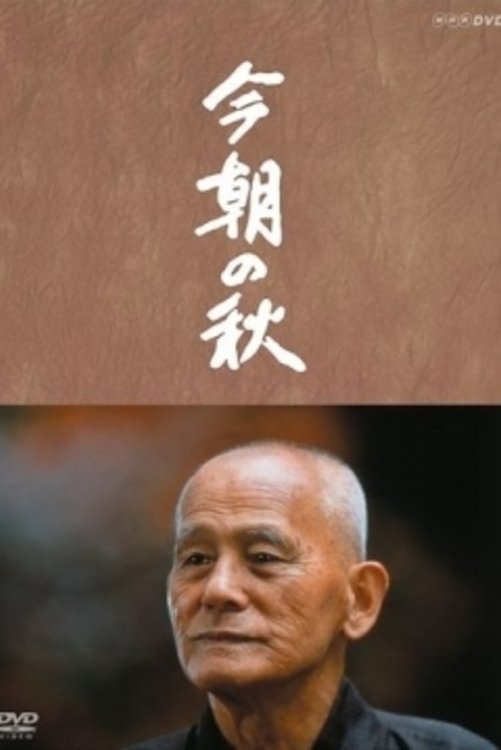
A former couple, separated for over 20 years, were reunited after being told their son had only 3 months to live. What should they do as parents? As they worried, they soon began to feel the weight of their family ties...
From Wikipedia, the free encyclopedia. Haruko Sugimura (杉村 春子 Sugimura Haruko, January 6, 1909 – April 4, 1997) was a Japanese stage and film actress, best known for her appearances in the movies of Yasujiro Ozu and Mikio Naruse from the late 1940s to the early 1960s. In the West, her most famous role was that of Shige, the elderly couple's hairdresser daughter in Ozu's Tokyo Story (1953). Description above from the Wikipedia article Haruko Sugimura, licensed under CC-BY-SA, full list of contributors on Wikipedia.
By browsing this website, you accept our cookies policy.